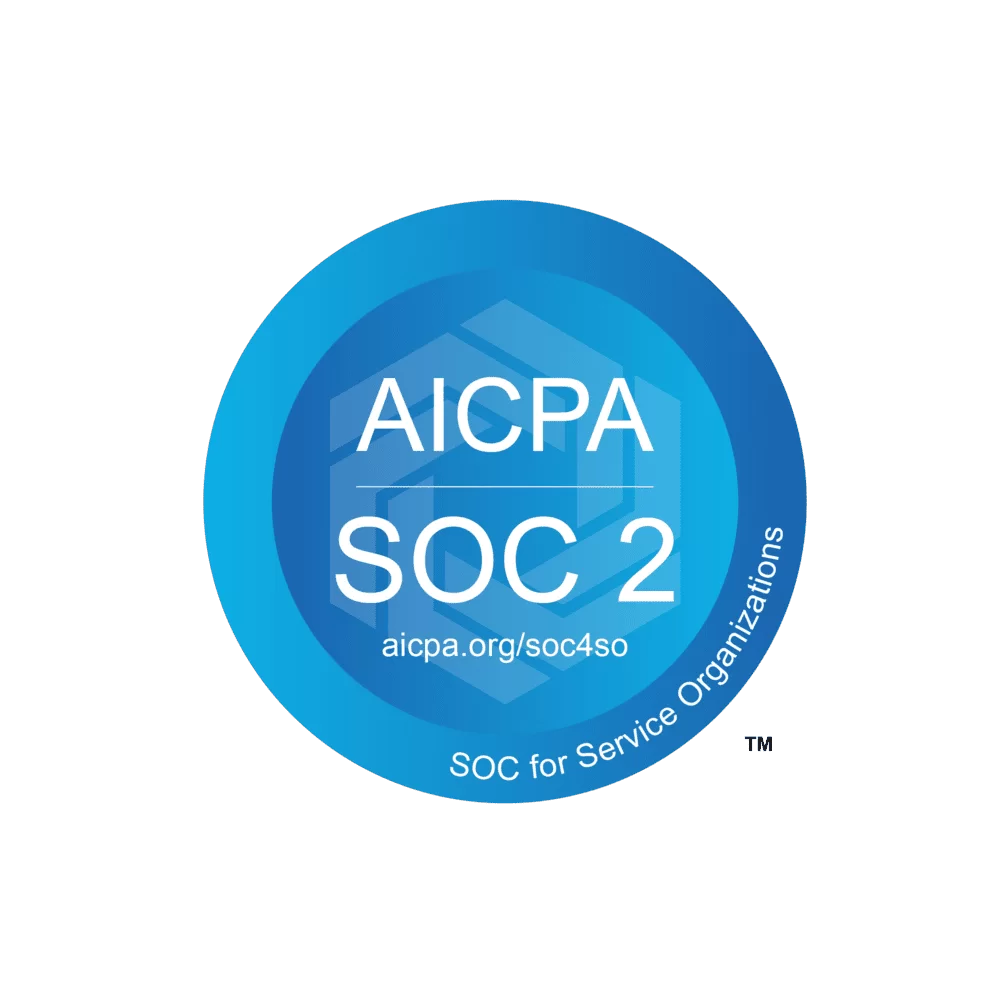While SaaS (software as a service) security is a top concern for businesses of all sizes, rising incident counts within the enterprise and midmarket are driving more businesses to focus on implementing a SaaS security solution.
The cloud-based nature of SaaS removes some of the traditional security controls you may have come to anticipate from on-premise applications, while introducing additional elements of complexity which vary wildly depending on the application you’re looking to secure. In this comprehensive guide, we'll cover the basics of DIY SaaS security and what you can do to protect your data.
There are many complexities that go into ensuring the security of the average SaaS application, but within this post we’ll focus on the data engineering and normalization required for doing so.
Every application has different data requirements, and ensuring that the data is properly normalized across all applications can be a daunting task. Additionally, SaaS applications are constantly changing, so detection engineers need to be able to adapt their detection strategies on the fly.
Ensuring data normalization is critical because it allows for the identification of patterns that may not be obvious when the data is in its raw form. By identifying and removing outliers, data normalization makes it easier to see relationships between variables and to identify potential causes and effects. Additionally, data normalization allows for the use of more sophisticated statistical methods that may not be possible with raw data. When trying to model security across more than one SaaS application, or looking between applications which primarily function in coordination with a larger data repository (such as a CRM like Salesforce, as is incredibly common within sales and marketing applications), the need for data normalization however becomes unavoidable.
So how should you go about normalizing your data?
There is no one-size-fits-all answer to this question, as the approach that security engineers take to normalizing their data will vary depending on the specific needs of their organization. However, some tips that security engineers can use to normalize their data include:
- Establishing a consistent naming convention for data fields
- Creating standard templates for data entry
- Developing clear and concise rules for data entry and validation
One way to ensure data quality is to have a dedicated team of engineers who are responsible for managing the data. This team can work on developing processes and tools to automate the data engineering and normalization tasks. By automating these tasks, the team can help to ensure that the data is accurate and up-to-date, and that detections written by the team continue to be effective. There are many different data transformation tools and languages available which could assist with this, and choosing the right one can be a challenge. While teams with a deeper background in SQL, for instance, may find dbt welcoming, others may not.
There are many fields that should be normalized when doing data analysis for SaaS security, but generally speaking, the common ones are:
1. The date and time of each event
2. The IP address of the user
3. The user ID
4. The action taken by the user
5. The object accessed by the user
There are many types of events that security engineers should think about storing data on within a SaaS application.
Some examples include:
-Access events: These are events that occur when a user accesses the application. This could include logging in, viewing a page, or taking some action within the application.
-Modification events: These are events that occur when a user modifies data within the application. This could include creating, editing, or deleting a record.
-System events: These are events that occur when the system itself is accessed or used. This could include starting up the application, backing up data, or some other type of system-level activity.
Additionally, security engineers should think about storing data on any type of event that could potentially be used to compromise the security of the application. This includes, but is not limited to, login events, password changes, and any other type of event that could be used to gain unauthorized access to the application.
Sounds daunting? We’re here to help. ThreatKey takes the work of data engineering and normalization off of your plate so you can focus on security. Our simple click-to-connect integrations provide fast and comprehensive security to a variety of your most critical SaaS applications. Contact our customer success team for more information on kickstarting your SaaS security program.
When DIY Security Just Doesn't Cut It: The Case for SaaS Security Posture Management Vendors
As security engineers, we are always looking for ways to protect our systems and keep our data safe. One approach that some organizations take is to try to handle their security needs in-house, through DIY (do-it-yourself) methods. However, as tempting as it may seem to take a DIY approach to SaaS security, the reality is that it may not always be the best option.
One of the biggest challenges with DIY SaaS security is that it requires a significant investment of time and resources. Building and maintaining your own security infrastructure can be a time-consuming and complex process, especially for organizations that don't have dedicated security teams or expertise. In addition, DIY solutions are often not as effective or comprehensive as those offered by SaaS security posture management vendors.
SaaS security posture management vendors, on the other hand, offer a range of benefits that DIY solutions simply can't match. For one, they provide access to a wide variety of security tools and services, all in one convenient package. This can save organizations a significant amount of time and effort, as they don't have to spend time and resources building and maintaining their own security infrastructure.
Additionally, SaaS security posture management vendors typically offer expert guidance and support. This can be particularly valuable for organizations that don't have dedicated security teams or expertise, as they can rely on the vendor's expertise to help them navigate the complex world of SaaS security.
Another key advantage of choosing a SaaS security posture management vendor is that they can help organizations stay up-to-date with the latest security threats and trends. As the threat landscape continues to evolve, it's critical for organizations to have access to the latest security tools and techniques. With a SaaS security posture management vendor, organizations can benefit from the vendor's expertise and resources to ensure that their systems are always protected against the latest threats.
In short, while DIY SaaS security may seem like an attractive option, the reality is that it often requires a significant investment of time and resources, and may not be as effective as a SaaS security posture management vendor. By choosing a reputable SaaS security posture management vendor, organizations can benefit from a wide range of security tools and services, expert guidance and support, and access to the latest security threats and trends. This can help ensure that their systems and data are always protected, and can save organizations a significant amount of time and effort in the long run.
How to Evaluate SaaS Security Posture Management Vendors
As a security engineer, you know how critical it is to protect your organization's systems and data from security threats. One way to do this is by choosing a SaaS security posture management vendor to help you manage and secure your systems. But with so many vendors out there, how do you know which one is right for your organization?
One of the first things to consider when evaluating SaaS security posture management vendors is their reputation and track record. Look for vendors that have a proven track record of success and are well-respected in the industry. You can do this by checking out online reviews and ratings, and by talking to other organizations that have used the vendor's services.
Another important factor to consider is the range of security tools and services that the vendor offers. Look for vendors that provide a comprehensive suite of security tools and services, including things like threat intelligence, security testing, and incident response. This will help ensure that you have access to the tools and services you need to protect your systems and data.
In addition, it's important to consider the level of support and guidance that the vendor offers. Look for vendors that provide expert guidance and support, including things like training, consulting, and 24/7 support. This can be particularly valuable for organizations that don't have dedicated security teams or expertise, as it can help ensure that you have the support and guidance you need to effectively manage and secure your systems.
Finally, consider the vendor's pricing and contract terms. Look for vendors that offer competitive pricing and flexible contract terms, so you can choose a solution that fits your organization's budget and needs.
In conclusion, choosing the right SaaS security posture management vendor is critical for protecting your organization's systems and data from security threats. By considering factors like the vendor's reputation and track record, the range of security tools and services they offer, the level of support and guidance they provide, and their pricing and contract terms, you can make an informed decision and choose a vendor that is right for your organization.
Want to learn more about SaaS Security? Check out our piece on SaaS Security Posture Management or SSPM vs. CSPM to dive deeper.




.svg)


